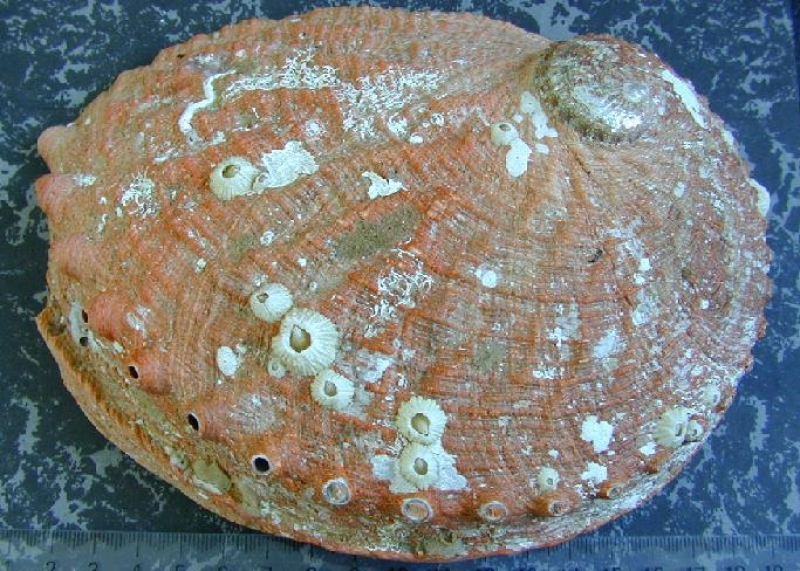24 038006
Type of resources
Topics
Keywords
Contact for the resource
Provided by
Years
-

The dataset contains length frequency information for abalone species, collected in all Tasmanian state waters from 1988.
-

This projects' data on abalone translocations is stored in two databases containing data collected for abalone aggregation and larval surveys in Tasmania. Genetic information has also been generated using microsatellites.
-

Abalone growth data include estimates from growth increment data from tagging studies, and from shell ageing studies. Data has been collected from all Tasmanian state waters since 1986.
-

Database includes data on abalone size at maturity, collected from sites around Tasmania from 1988.
-
Using a telephone/diary survey methodology information about recreational fishing activity for rock lobster and abalone in Tasmania is monitored over a fishing season, with surveys conducted biennially. Information reported includes: date, location (fishing regions), method (pot, ring, dive), target species and catch (numbers of lobster and/or abalone). Sampling is linked to the recreational licensing database, managed by the state government.
-
Predation mortality rates of blacklip abalone (Haliotis rubra) were estimated under several different conditions using a range of manipulative experiments. Abalone mortality rates were estimated from tethering experiments inside the Maria Island Marine Reserve (MIMR) and at an adjacent site where predators, including southern rocks lobster (Jasus edwardsii) were in low abundance, due to fishing. Estimates of abalone mortality directly attributed to rock lobsters were gained from manipulative experiments inside the MIMR and in an aquarium experiment at the Tasmanian Aquaculture and Fisheries Institute facility at the Marine Research Laboratories.
-
The spatial extent of the long spined sea urchin, Centrostephanus rodgersii, was estimated by divers using underwater visual census methods to survey rocky reef habitats at 13 regions along Tasmania's east coast (between Eddystone Point and Recherche Bay). Within each region 3 subsites were surveyed, and within each subsite 4 belt transects were surveyed. Divers recorded depth, percent substrata type, percent C. rodgersii barrens habitat; abundance of urchins (C. rodgersii and H. erythrogramma), rock lobster (J. edwardsii) and abalone (H. rubra). Divers also recorded algal cover (estimated), C. rodgersii barrens and substratum type using set categories (see below).
-

This fishery independent abalone abundance assessment project contains abalone density and size frequency data collected from transect surveys at approximately 25 sites, mostly in south-east Tasmania, but also the south-west coast, Three Hummock Island, Flinders and Hogan islands between 2002 and 2005.
-

This project uses positional information from GPS loggers on abalone divers' boats and depth information from depth loggers attached to the divers for fine-scale spatial reporting of abalone fishing.
-
Estimates of blacklip abalone (Haliotis rubra) size at emergence were obtained from surveys of ten sites within the Mercury Passage on Tasmania's east coast. Size at emergence estimates were obtained from five populations inside the Maria Island Marine Reserve (MIMR) and at five adjacent sites where abalone harvesting occurs. The data sets includes abundance and size estimates of the main abalone predators, including the southern rock lobster (Jasus edwardsii), and competitors.
 IMAS Metadata Catalogue
IMAS Metadata Catalogue